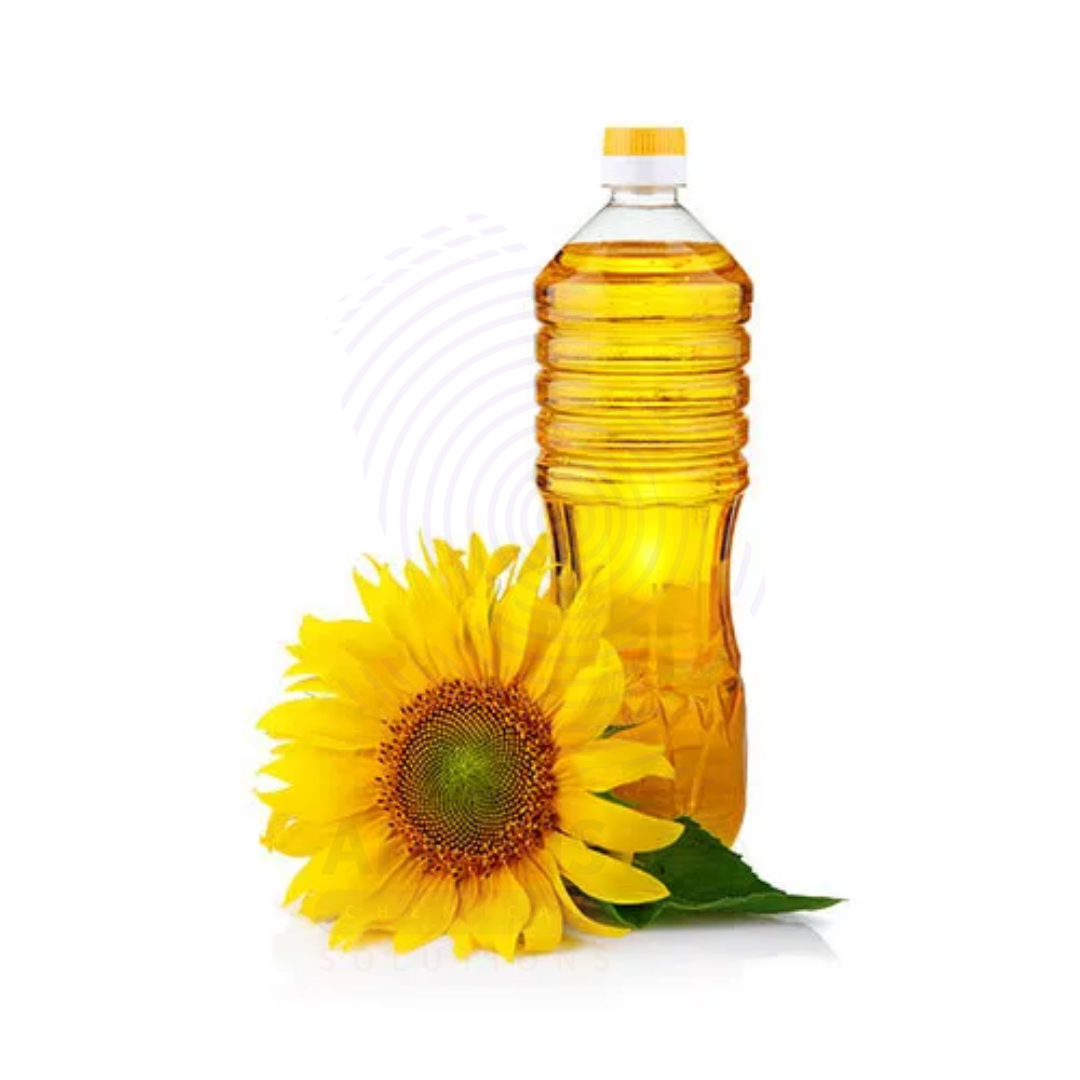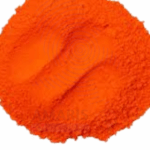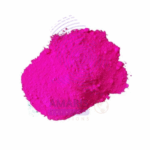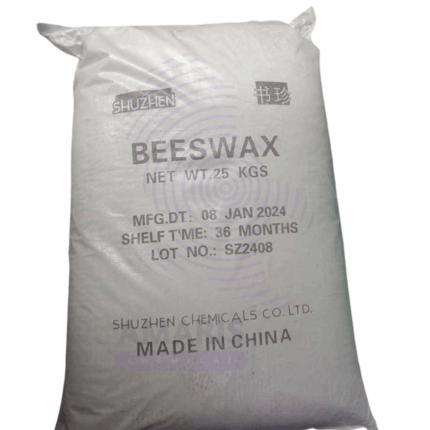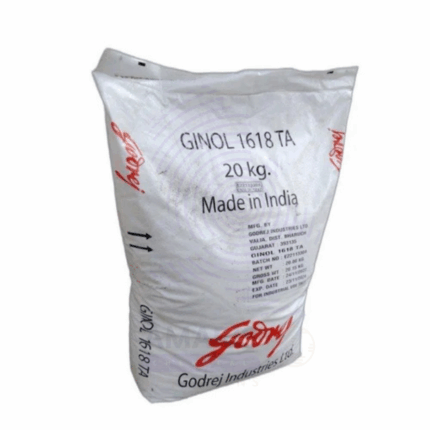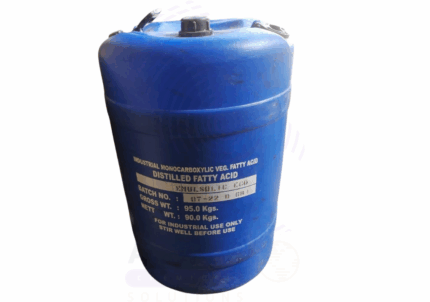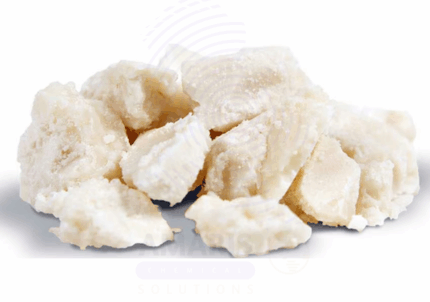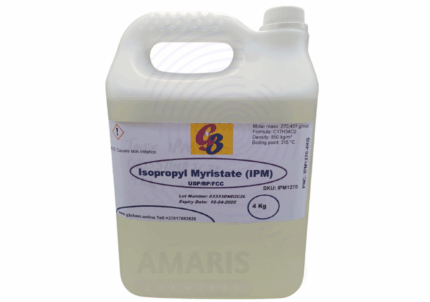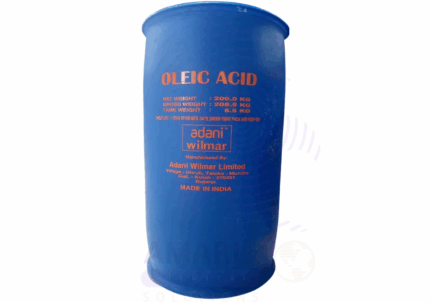Sunflower Oil
$ 14.80 Original price was: $ 14.80.$ 14.71Current price is: $ 14.71.
Sunflower Oil is a versatile vegetable oil extracted from the seeds of Helianthus annuus, native to North America but now cultivated globally. It is commonly obtained through cold pressing or refining and is valued for its light texture, neutral scent, and high content of essential fatty acids—particularly linoleic and oleic acids—as well as natural tocopherols (vitamin E). With excellent antioxidant, emollient, and anti-inflammatory properties, Sunflower Oil is widely used in food products, skincare formulations, hair care, massage therapies, and pharmaceutical preparations. Its ability to nourish and protect the skin barrier makes it a key ingredient across both wellness and industrial markets.
Sunflower Oil
Primary Uses
- Aromatherapy & Wellness
- Used as a carrier oil for essential oil dilution in massage, roller blends, and diffuser oils
- Included in moisturizing body oils and massage blends for dry or irritated skin
- Applied in facial serums and wellness formulations to soothe inflammation
- Used in natural remedies for eczema, psoriasis, and skin sensitivity
- Blended into baby oils and sensitive-skin formulations for its gentle profile
- Cosmetics and Personal Care
- Incorporated in creams, lotions, and emulsions for deep hydration and nourishment
- Used in lip balms, cuticle oils, and hand creams for softening and conditioning benefits
- Blended into scalp oils and conditioners to improve hair texture and scalp health
- Added to cleansing balms and makeup removers for mild yet effective cleansing
- Used in sunscreen and after-sun care products for its replenishing and antioxidant qualities
- Applied in beard oils and men’s grooming products for its non-comedogenic properties
- Included in bath oils and body butters for whole-body moisturization
- Topical Applications
- Used as a base in ointments, salves, and herbal infusions for wound care and healing
- Applied in stretch mark oils and scar-support blends for skin regeneration
- Incorporated in calming balms for irritated or compromised skin barriers
- Added to post-procedure recovery creams for hydration and comfort
Secondary Uses
- Food and Beverage Chemicals
- Used in cooking, baking, and frying due to its high smoke point and neutral taste
- Added to salad dressings, marinades, and dips for healthy fat content
- Used as a nutritional lipid source in fortified foods and beverages
- Incorporated in dietary supplements for essential fatty acid and vitamin E delivery
- Employed as a food-safe carrier oil in spice extracts and natural flavor emulsions
- Cosmetic and Personal Care Chemicals
- Used as an emollient and antioxidant in skincare products
- Functions as a lightweight oil base in oil-in-water and water-in-oil emulsions
- Employed in natural baby care lines and fragrance-free sensitive skin products
- Pharmaceutical Chemicals
- Used as an excipient or carrier oil in capsules, emulsions, and ointments
- Incorporated in topical pharmaceutical formulations for skin protection and soothing
- Utilized in oral delivery systems for lipid-soluble active ingredients
- Environmental and Green Chemicals
- Explored in biodegradable lubricants and green solvent systems
- Used in eco-friendly cleaner formulations as a plant-based oil component
| PACK SIZE |
5kg |
|---|
1. Basic Identification Attributes
- Botanical Name: Helianthus annuus
- Common/Trade Name: Sunflower Oil
- INCI Name: Helianthus Annuus (Sunflower) Seed Oil
- CAS Number: 8001-21-6
- HS Code: 1512.11 / 1512.19
- Synonyms: Sunflower Seed Oil, Helianthus Oil
2. Physical & Chemical Properties
- Physical State: Liquid vegetable oil
- Color & Odor: Pale yellow to golden; neutral aroma
- Solubility: Insoluble in water; soluble in alcohol and oils
- Refractive Index: 1.469 – 1.475
- Specific Gravity: 0.913 – 0.921
- Main Components: Linoleic acid, oleic acid, palmitic acid, stearic acid, tocopherols
3. Safety & Hazard Attributes
- GHS Classification: Not classified as hazardous
- Toxicity: Low; safe for cosmetic and food use
- Exposure Limits: None established for general use
- Allergen Information: Rare cases of seed allergy may apply; typically non-allergenic
4. Storage & Handling Attributes
- Storage Conditions: Store in a cool, dry, dark place away from air and light
- Container Type: Amber glass or food-grade metal containers
- Shelf Life: 12 to 24 months when stored properly
- Handling Precautions: Avoid oxidation; seal tightly after use
5. Regulatory & Compliance Attributes
- Compliant with IFRA guidelines for cosmetic formulations
- GRAS (Generally Recognized as Safe) for food use
- Produced under GMP and HACCP certified conditions
6. Environmental & Health Impact
- Biodegradability: Readily biodegradable
- Ecotoxicity: Low environmental toxicity
- Bioaccumulation: Not expected to bioaccumulate
Safety Handling Precautions
- PPE Required: Gloves for large volume industrial handling
- Handling Guidelines: Use clean equipment and minimize air exposure
First Aid Measures
- Inhalation: Not applicable under standard use
- Skin Contact: Wash if irritation occurs (rare)
- Eye Contact: Flush with water if exposed
- Ingestion: Safe if food grade; medical supervision for excessive intake
Firefighting Measures
- Fire Hazards: Combustible; keep away from open flames and hot surfaces
- Extinguishing Media: CO₂, foam, dry chemical, or water spray
- Special Precautions: Wear protective gear to avoid inhalation of combustion products
- Hazardous Combustion Products: Carbon monoxide, carbon dioxide


 Preservatives(food)
Preservatives(food) Flavor Enhancers
Flavor Enhancers Acidulants
Acidulants Sweeteners
Sweeteners Antioxidants
Antioxidants Colorants(food)
Colorants(food) Nutraceutical Ingredients (food)
Nutraceutical Ingredients (food) Nutrient Supplements
Nutrient Supplements Emulsifiers
Emulsifiers
 Collectors
Collectors Dust Suppressants
Dust Suppressants Explosives and Blasting Agents
Explosives and Blasting Agents Flocculants and Coagulants
Flocculants and Coagulants Frothers
Frothers Leaching Agents
Leaching Agents pH Modifiers
pH Modifiers Precious Metal Extraction Agents
Precious Metal Extraction Agents
 Antioxidants(plastic)
Antioxidants(plastic) Colorants (Pigments, Dyes)
Colorants (Pigments, Dyes) Fillers and Reinforcements
Fillers and Reinforcements Flame Retardants
Flame Retardants Monomers
Monomers Plasticizers
Plasticizers Polymerization Initiators
Polymerization Initiators Stabilizers (UV, Heat)
Stabilizers (UV, Heat)
 Antifoaming Agents
Antifoaming Agents Chelating Agents
Chelating Agents Coagulants and Flocculants
Coagulants and Flocculants Corrosion Inhibitors
Corrosion Inhibitors Disinfectants and Biocides
Disinfectants and Biocides Oxidizing Agents
Oxidizing Agents pH Adjusters
pH Adjusters Scale Inhibitors( water)
Scale Inhibitors( water)
 Antioxidants(cosmetic)
Antioxidants(cosmetic) Emollients
Emollients Fragrances and Essential Oils
Fragrances and Essential Oils Humectants
Humectants Preservatives
Preservatives Surfactants(cosmetic)
Surfactants(cosmetic) Thickeners
Thickeners UV Filters
UV Filters
 Fertilizers
Fertilizers Soil Conditioners
Soil Conditioners Plant Growth Regulators
Plant Growth Regulators Animal Feed Additives
Animal Feed Additives Biostimulants
Biostimulants Pesticides (Herbicides, Insecticides, Fungicides)
Pesticides (Herbicides, Insecticides, Fungicides)
 Active Pharmaceutical Ingredients (APIs)
Active Pharmaceutical Ingredients (APIs) Excipients
Excipients Solvents(pharmaceutical)
Solvents(pharmaceutical) Antibiotics
Antibiotics Antiseptics and Disinfectants
Antiseptics and Disinfectants Vaccine Adjuvants
Vaccine Adjuvants Nutraceutical Ingredients (pharmaceutical)
Nutraceutical Ingredients (pharmaceutical) Analgesics & Antipyretics
Analgesics & Antipyretics
 Analytical Reagents
Analytical Reagents Solvents(lab)
Solvents(lab) Chromatography Chemicals
Chromatography Chemicals Spectroscopy Reagents
Spectroscopy Reagents microbiology-and-cell-culture-reagents
microbiology-and-cell-culture-reagents Molecular Biology Reagents
Molecular Biology Reagents Biochemical Reagents
Biochemical Reagents Inorganic and Organic Standards
Inorganic and Organic Standards Laboratory Safety Chemicals
Laboratory Safety Chemicals Specialty Laboratory Chemicals(Special Laboratory Equipment)
Specialty Laboratory Chemicals(Special Laboratory Equipment)
 Demulsifiers
Demulsifiers Hydraulic Fracturing Fluids
Hydraulic Fracturing Fluids Scale Inhibitors(oil)
Scale Inhibitors(oil) Surfactants(oil)
Surfactants(oil) Drilling Fluids
Drilling Fluids
 Dyes and Pigments
Dyes and Pigments Bleaching Agents
Bleaching Agents Softening Agents
Softening Agents Finishing Agents
Finishing Agents Antistatic Agents
Antistatic Agents
 Admixtures
Admixtures Waterproofing Agents
Waterproofing Agents Sealants and Adhesives
Sealants and Adhesives Curing Compounds
Curing Compounds Concrete Repair Chemicals
Concrete Repair Chemicals Anti-Corrosion Coatings
Anti-Corrosion Coatings
 Surfactants(cleaning)
Surfactants(cleaning) Builders
Builders Enzymes
Enzymes Solvents (Cleaning)
Solvents (Cleaning) Fragrances
Fragrances
 Electronic Chemicals
Electronic Chemicals Catalysts
Catalysts Lubricants
Lubricants Photographic Chemicals
Photographic Chemicals Refrigerants
Refrigerants Automotive chemicals
Automotive chemicals Pyrotechnic Chemicals
Pyrotechnic Chemicals
 Biodegradable Surfactants
Biodegradable Surfactants Bio-based Solvents
Bio-based Solvents Renewable Polymers
Renewable Polymers Carbon Capture Chemicals
Carbon Capture Chemicals Wastewater Treatment Chemicals
Wastewater Treatment Chemicals
 Pigments
Pigments Solvents(paint)
Solvents(paint) Specialty Coatings
Specialty Coatings Binders/Resins
Binders/Resins Additives
Additives Driers
Driers Anti-Corrosion Agents
Anti-Corrosion Agents Functional Coatings
Functional Coatings Application-Specific Coatings
Application-Specific Coatings
 Fresh Herbs
Fresh Herbs Ground Spices
Ground Spices Whole Spices
Whole Spices Spice Blends
Spice Blends Dried Herbs
Dried Herbs
 Leavening Agents
Leavening Agents Dough Conditioners
Dough Conditioners Flour Treatments
Flour Treatments Fat Replacers
Fat Replacers Decoratives
Decoratives Preservatives(baking)
Preservatives(baking)
 Plasticizers & Softeners
Plasticizers & Softeners Reinforcing Agents
Reinforcing Agents Adhesion Promoters
Adhesion Promoters Vulcanizing Agents
Vulcanizing Agents Antidegradants
Antidegradants Blowing Agents
Blowing Agents Fillers & Extenders
Fillers & Extenders Accelerators & Retarders
Accelerators & Retarders